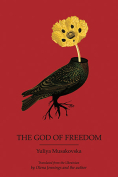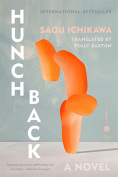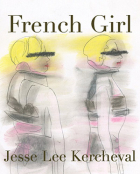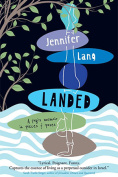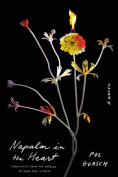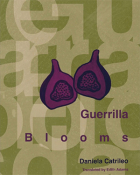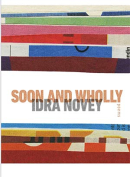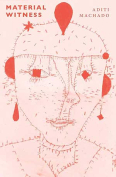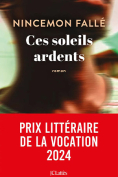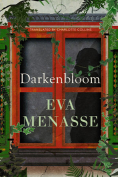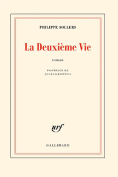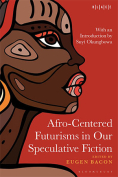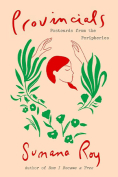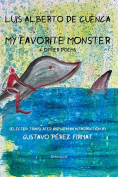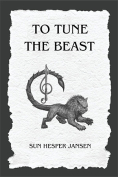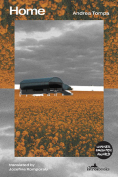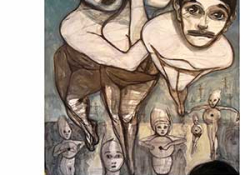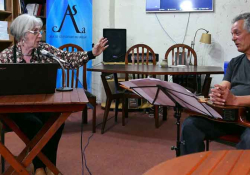French Girl by Jesse Lee Kercheval
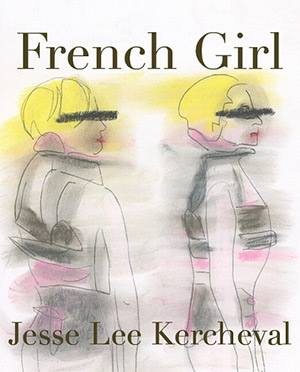
Grass Valley, California. Fieldmouse Press. 2024. 244 pages.
In this color-drenched graphic memoir reminiscent of the dreaminess of Chagall, Jesse Lee Kercheval has moved the genre to a new level. Evocative, mysterious, and beautiful, the volume lures the reader in with brief episodes and a succinct but powerful narrative.
It all begins, in a section titled “Oranges,” with a childhood accident, a broken back, and much time spent indoors in a brace until our narrator takes up swimming. On a watery blue page with an elongated, lovely blond girl floating into recovery, she writes, “I closed my eyes and swam away.” What she swims into is memory, and the next small but harrowing chapter, “The Body Is a Vessel,” takes us back to her mother’s past in World War II as an officer on a ship bringing back soldiers “who had lost limbs. Or their minds.” The job took its toll, physically and emotionally, and, as all children do, the narrator tries to fix things. Her mother once said that “women with red hair are not scared of anything,” so the narrator/artist draws the entire family with red hair. When nothing is fixed, and life gets more difficult, the color disappears and black and white and gray fill the page.
There is sophisticated storytelling at work here, as in the magical realist episode, “Clocks,” where two little girls walk into a safe and emerge in a forest where the narrator’s best friend finds her missing mother. In “Wolf,” a riff on Little Red Riding Hood, the fairy tale is acknowledged and then turned into a personal history about the narrator’s cruel grandmother. In “Ed,” she examines her father’s inability to find his identity outside of his job. In “Smoke,” she analyzes the family through who smokes and who doesn’t.
In a spectacular section titled “Pink,” drawn in various, reds, pinks and purples, we not only learn of her hatred of the color, which she uses masterfully, but of the origin of both the color’s name and of pinking shears. In the end, she resolves this chapter with the encouraging thought that when she paints a giant anatomical heart, she discovers that we are all pink inside. It’s no surprise that Kercheval is also a poet, and in this, her first graphic work, she employs quite a few poetic tropes.
Family tensions are critical to this narrative, and in the course of the memoir, Kercheval touches on difficult and important issues, from love, to unresolved identity, depression, illness, and birth and death. There are echoes of folk and fairy tales as well as literary and religious references, plus metaphors galore. Yet nothing is beyond the reader’s reach, and each short chapter is haunting and gorgeously drawn. Together they tell the story of a life.
Kercheval’s achingly beautiful graphic memoir will resonate with anyone who has ever wondered, Who am I and where do I belong? And that probably includes every sentient being on the planet.
Rita D. Jacobs
New York City
